Char Dham Yatra In Uttarakhand
Char Dham Yatra is one of the holiest pilgrimage sites in Hinduism located in the Himalayan mountains . It is located in the districts of Uttarkashi , Rudraprayag and Chamoli in the Garhwal division of Uttarakhand state of India and this circuit has four Dhams : Badrinath , Kedarnath , Gangotri and Yamunotri . Among these , Badrinath Dham is also the northern Dham of the Char Dhams of India .
Uttarakhand
Before 1962, traveling here was quite difficult. But after the war with China, as the movement of soldiers increased, the routes for pilgrims also became easier. Later, to remove any kind of confusion, the word ‘Chhota’ was removed and this journey came to be known as ‘Char Dham of Himalayas’ journey. With the improvement in means of transportation, it has become a major pilgrimage destination for Hindu pilgrims from India. Its popularity can be gauged from the annual number of tourists and pilgrims. According to available data, more than 250,000 pilgrims come here every Yatra period (from April 15 to early November). There is a huge movement of tourists and pilgrims till two months before the arrival of monsoon. It is considered dangerous to go here during the rainy season, because during this time the possibility of landslides is higher than normal.
Yamunotri
The holy temple of Yamunotri is situated at the western end of Bandarpoonch. Traditionally Yamunotri is the first stop of the Char Dham Yatra. Yamunotri can be reached after climbing 6 kilometers from Janki Chatti. The Yamuna temple located here was built by Queen Guleria of Jaipur in the 19th century. This temple (3,291 m) is situated on the western side of Bandarpoonch peak (6,315 m). According to mythology, Yamuna was the daughter of Surya and Yama was his son. This is the reason why Yama does not take strict action against the people who take bath with devotion in his sister Yamuna. The source of Yamuna is Yamunotri Glacier, situated at an altitude of 4,421 meters, about one kilometer away from Yamunotri.
There are many hot water springs near the Yamunotri temple which pass through different pools. Surya Kund is famous among these. It is said that to bless his daughter, Lord Surya took the form of a hot water stream. Devotees tie rice and potatoes in a cloth and leave them in this pond for a few minutes, due to which it gets cooked. Pilgrims take these cooked items home as offerings. There is a rock near Surya Kund which is known as ‘Divya Shila’. Pilgrims worship this divine rock before worshiping Lord Yamuna. Yamunotri Dham is the Dham where devotees visit first in their Chardham Yatra. This Dham is dedicated to Goddess Yamuna who was the daughter of Surya and twin sister of Yama (Yamraj). This Dham is situated on the banks of river Yamuna whose origin is Kalind Parvat. According to mythology – Once on the day of Bhaiya Dooj, Yamraj promised Goddess Yamuna that whoever took a dip in the river would not be taken to Yamalok and thus would attain salvation. And perhaps this is the reason why Yamunotri Dham comes first among the four Dhams. People believe that bathing in the holy waters of Yamuna destroys all sins and protects from untimely and painful death. Due to the place becoming inaccessible during winter season, the doors of the temple are closed and the idol/symbol of Goddess Yamuna is brought to Kharsali village of Uttarkashi and for the next six months, the idol of Mata Yamunotri is kept in the Shani Dev temple. . Height – 10,804 ft. Best Time – May-June and September-November Darshan Time – 6:00 AM to 8:00 PM Places to Visit – Divya Shila, Surya Kund, Saptarishi Kund How to reach – – You have to first reach Jankichatti which is located in Uttarkashi. It is in the district and one has to trek 5-6 km to reach Yamunotri Dham. Travel Route – Rishikesh —> Narendranagar (16 km) —> Chamab (46 km) —> Brahmakhal (15 km) —> Barkot (40 km) —> Syanachatti (27 km) – -> Hanumanchatti (6 km) —> Phoolchatti (5 km) —> Jankichatti (3 km) —> Yamunotri (6 km)
Gangotri
Gangotri is situated at an altitude of 9,980 (3,140 m) above sea level. Bhagirathi river originates from Gangot itself. Gangotri is also the origin of India’s sacred and spiritually important river Ganga. In Gangotri, Ganga is known as Bhagirathi. According to mythology, this river was named Bhagirathi after the name of King Bhagiratha. It is also said in the stories that King Bhagiratha had brought Ganga to earth by doing penance. River Ganga originates from Gomukh.
It is said in mythology that Suryavanshi King Sagar decided to perform Ashvamedha Yagya. In this, wherever his horse went, his 60,000 sons took those places under their control. Due to this, Indra, the king of the gods, became worried. In such a situation, he caught this horse and tied it in the ashram of Kapil Muni. King Sagar’s sons disrespected Munivar and took away the horse. This hurt Kapil Muni a lot. He cursed all the sons of King Sagar, turning them into ashes. When King Sagar apologized, Kapil Muni was moved and told King Sagar that if the river flowing in heaven comes to the earth and its holy water touches these ashes, then his son will come alive. But King Sagar failed to bring Ganga to land. Later King Sagar’s son Bhagiratha succeeded in bringing Ganga from heaven to earth. Bhagiratha requested Lord Shiva to control the strong flow of Ganga. As a result, Lord Shiva controlled the flow of Ganga by taking it in his hair. After this, King Sagar’s sons came back to life by the touch of Ganga water.
Kedarnath
Kedarnath is situated at an altitude of 11,746 feet above sea level. It is near the origin of Mandakini river. Jalabhishek on the Jyotirlinga of Kedarnath from Yamunotri is considered sacred in Hindu religion. According to Vayupuran, Lord Vishnu came to reside on earth for the welfare of mankind. He took his first step in Badrinath. Earlier, Lord Shiva resided at this place. But he left this place for Narayan and started living in Kedarnath. Therefore Kedarnath has an important place in the Panch Kedar Yatra. Kedarnath also reflects the spirit of sacrifice.
This is the same place where Adi Shankaracharya attained samadhi at the age of 32. Before this he had appointed Veer Shaiva as the Rawal (Chief Priest) of Kedarnath. Presently the Kedarnath temple is being run by the 337th Rawal from Ukhimath, where Lord Shiva is taken during winters. Apart from this, the Pandits living around Guptkashi also look after the functioning of this temple. From the point of view of administration, this place has been divided into different parts among these pundits. So that no problem arises.
Kedarnath temple is different from other temples not only from the spiritual point of view but also from the architectural point of view. This temple is built in Katyuri style. It is situated on the top of the hill. Large brown stones have been used in abundance in its construction. Its roof is made of wood on which a gold urn is placed on its peak. There is a huge statue of Nandi as a guard at the outer gate of the temple. The third major Dham in Chardham Yatra is Kedarnath Dham. Kedarnath Dham is in the list of 12 Jyotirlingas and is the most important temple in Panch-Kedar. This Dham is situated in the lap of Himalayas and near the banks of Mandakini River which is built by Adi-Shankaracharya in 8th AD. According to legends, after the great battle of Kurukshetra, the Pandavas wanted to be freed from the sin of fratricide, and to be freed from these sins they started searching for Shiva. But Lord Shankar did not want to give darshan to the Pandavas, so he retired from there and settled in Kedar. Searching for them they reached the Himalayas. To hide from the Pandavas, Shiva transformed himself into a bull and disappeared on the ground. But Bhima recognized that the bull was none other than Shiva and he immediately caught hold of the bull’s back. Fearing being caught, the bull disappears into the ground and reappears at five different places – It is believed that when Lord Shankar disappeared in the form of a bull, the upper part of his torso appeared in Kathmandu. At Hua (which is today famous as Pashupatinath temple), Shiva’s arms appeared in Tunganath, face in Rudranath, navel in Madmaheshwar and hair in Kalpeshwar. Therefore Shri Kedarnath including these four places is called Panchkedar. After Diwali, the doors of the temple are closed in winter and the idol of Shiva is taken to Omkareshwar Temple in Ukhimath and remains in Ukhimath for the next six months. Altitude – 11,755 ft. Best Time – May-June and September-November Darshan Timings – Closed from 3:00 PM to 5:00 PM and open during rest of the hours. Places to Visit – Bhairav Nath Temple, Vasuki Tal (8 km trek), Trijugi Narayan, etc. How to Reach – Gaurikund is the last stop where any transport vehicle can go. And to reach Kedarnath from Gaurikund you will have to trek 16 km. If you want to avoid trekking then one option you have is that you can take helicopter flight from Guptkashi/Fata/Gaurikund etc. (Chardham Yatra by Helicopter) Travel Route – Rudraprayag – Guptkashi – Fata – Rampur – Sitapur – Sonprayag – Gaurikund – Kedarnath (16 km trek)
Badrinath
Badrinath is situated between the Nar and Narayan mountains, at an altitude of 10,276 feet (3,133 m) above sea level. Alaknanda River adds to the beauty of this temple. It is believed that Lord Vishnu remains in meditation at this place. To provide shade to Lakshminarayan, Goddess Lakshmi took the form of a banyan (Badri) tree. But at present the Bair tree is seen in very less quantity but Badrinarayan still remains as it is. Narad, who is an ardent devotee of both of them, is also worshiped here.
The temple which has been built over time was built by the Garhwal king exactly two centuries ago. This temple is built in conical style. Its height is about 15 meters. On the top of which there is a dome. There are 15 idols in this temple. In the sanctum sanctorum of the temple, Nara and Narayana are seated in meditative position along with Vishnu. It is believed that this temple was built in the Vedic period, which was later renovated by Adi Shankaracharya in the 8th century. Apart from Nar and Narayan, this temple also has the idols of Lakshmi, Shiva-Parvati and Ganesha.
The fourth and last Dham of Chardham Yatra is Badrinath Dham. Badrinath Dham is the most sacred and visited Dham in the sub-continent. More than 10 lakh devotees visit Badrinath temple every year. This temple is dedicated to Lord Vishnu which is situated between Nar and Narayan mountains on the banks of Alaknanda River. This is the only Dham which is a part of both Chardham and Chhota Chardham. Inside the Badrinath temple, there is a 1 meter tall black stone idol of Lord Vishnu surrounded by other deities. It is believed that the idol of Lord Vishnu located here is one of the 8 Swayambhu or self-manifested Kshetra Murti, established by Adi Shankaracharya.
According to the story – Once Lord Vishnu searched for a quiet place for meditation and reached this place. Here Lord Vishnu became so engrossed in his meditation that he did not even realize the extremely cold weather. Hence, to protect herself from this weather, Goddess Lakshmi transformed herself into a Badri tree (also known as Jujube). Impressed by the devotion of Goddess Lakshmi, Lord Vishnu named this place as “Badrikaashram”. Like other Dhams, Badrinath Dham is also open only for six months, from mid-April to early November. During winter, the idol of Lord Vishnu is shifted to the Narasimha temple in Joshimath and remains there for the next six months.
Height – 10,170 ft. Best Time – May-June and September-November Darshan Timings – 4:30 am to 1:00 am and 4:00 pm to 9:00 pm. Places to visit – Tapt Kund, Charan Paduka, Vyas Gufa (Cave), Ganesh Cave, Bhim Bridge, Maina Gaon, Vasudhara Falls etc. How to reach – You can go to Badrinath by road or by helicopter from Kedarnath. Travel Route – Kedarnath – Rudraprayag – Karnaprayag – Nandprayag – Chamoli – Birhi – Pipalkoti – Joshimath – Badrinath.
Best Tour and Travels in Uttarakhand , chardham yatra package , Uttarakhand tour package, tour and travels in uttarakhand, kedarnath yatra, Badrinath Yatra, yamunotri Yatra, Gangotri Yatra, kedarnath yatra package, badrinath Yatra package, do dham yatra, chardham yatra , yamunotir yatra package , Gangotri yatra package , best tour package in uttarakhand , best tour package in kedarnath .
Tour Packages
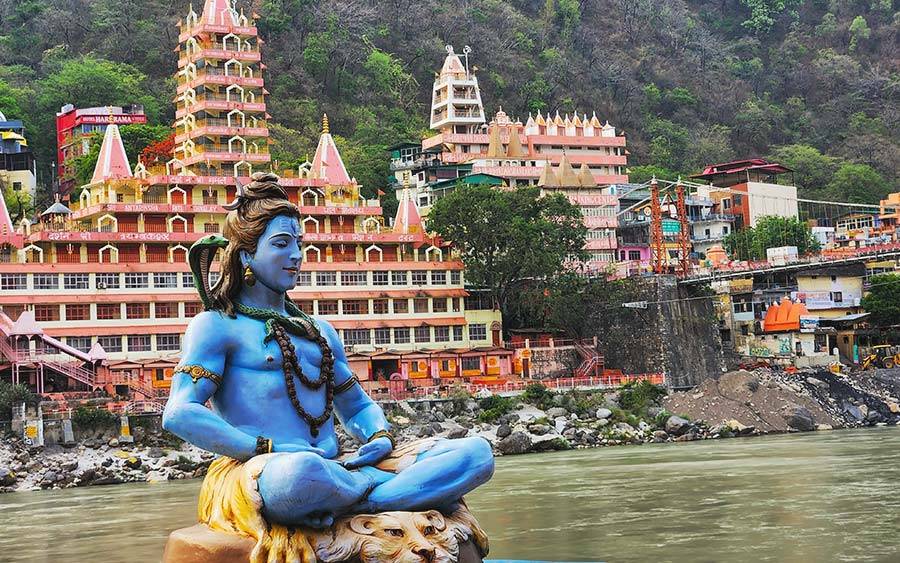
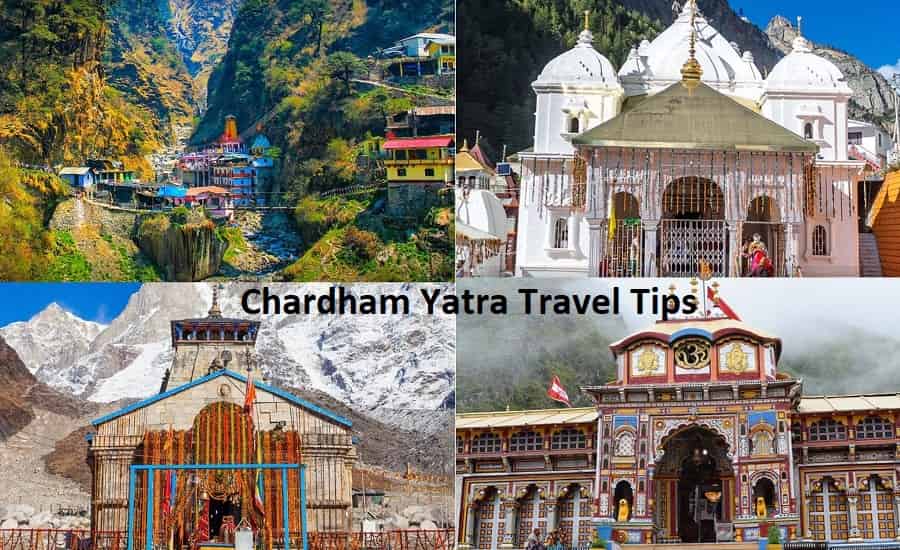
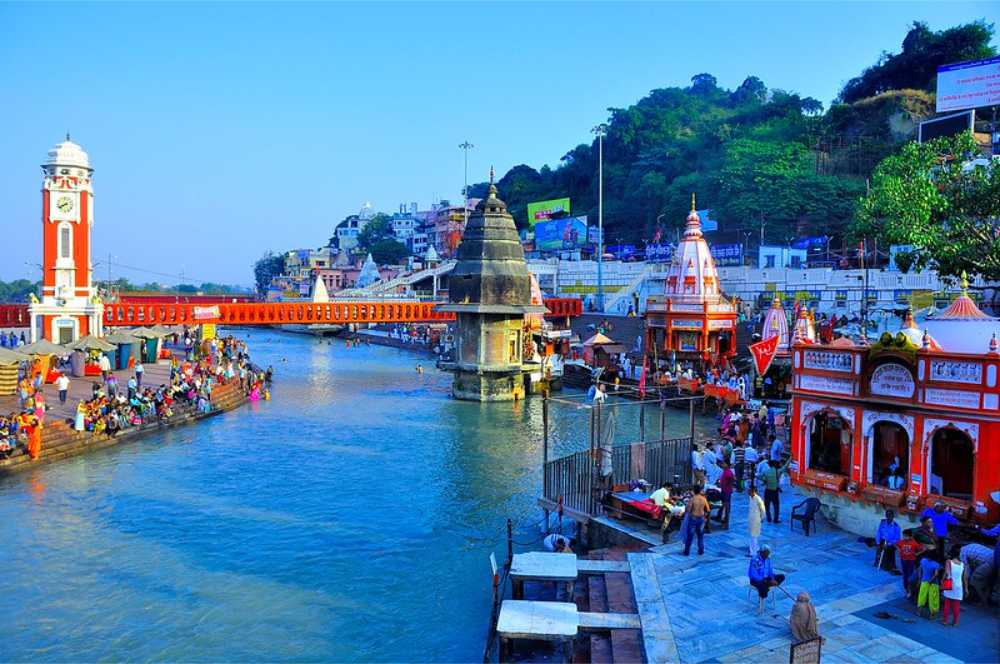

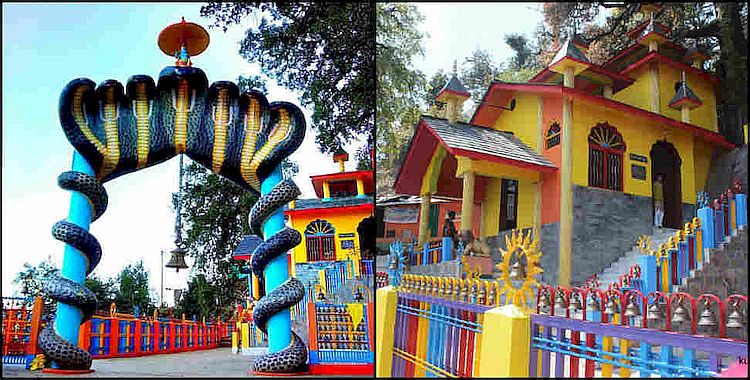
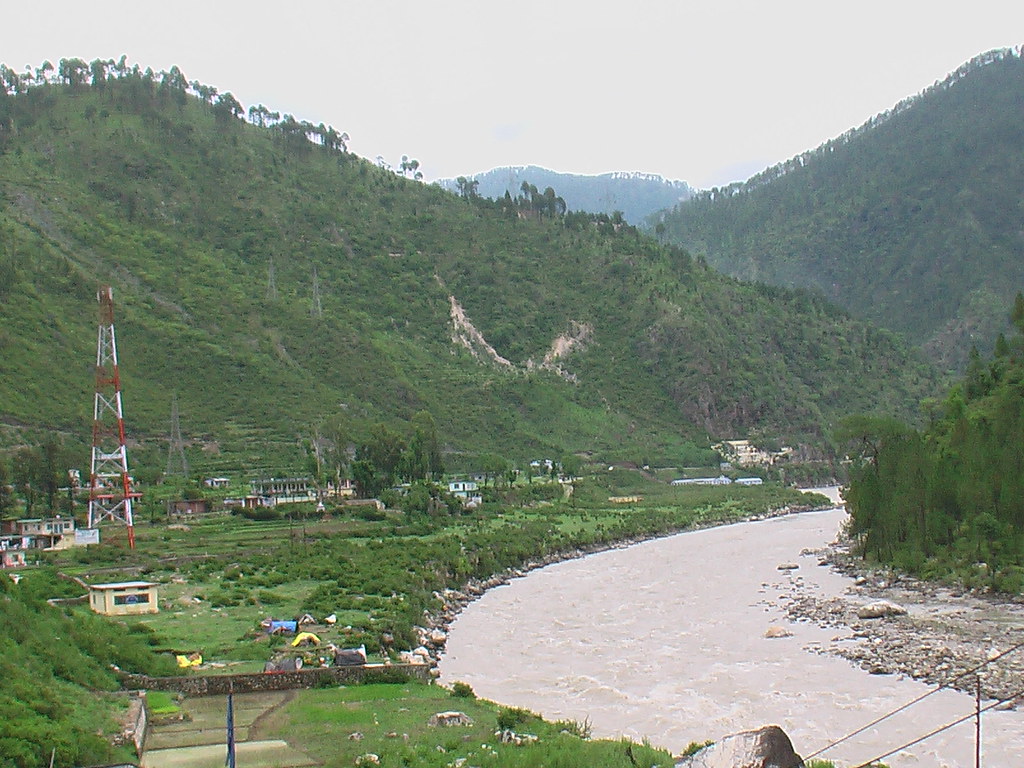
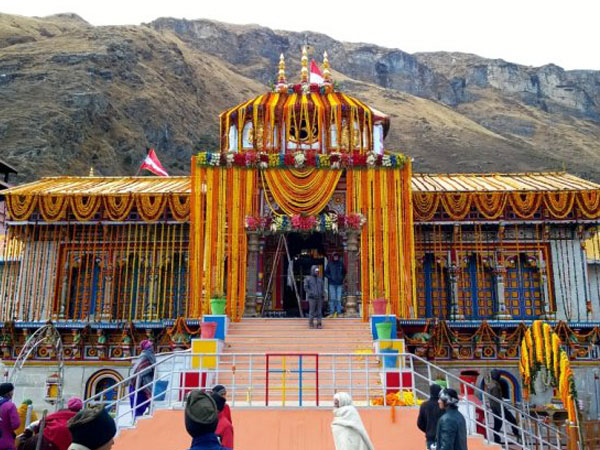
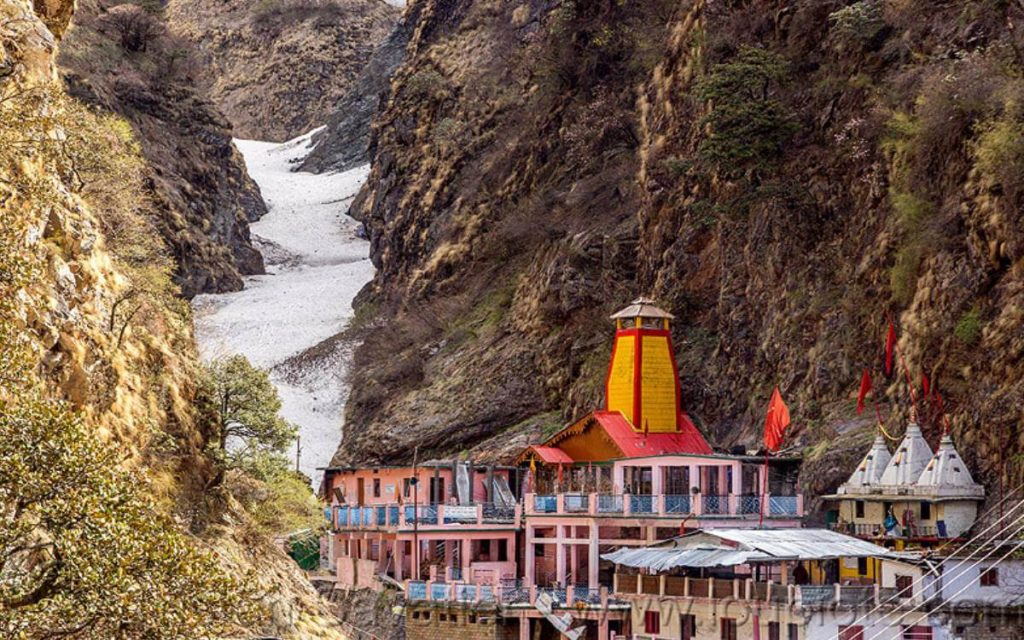

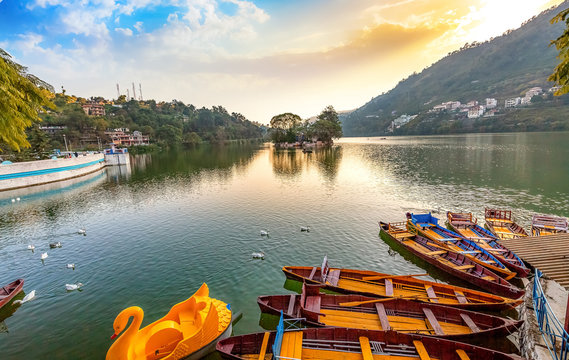

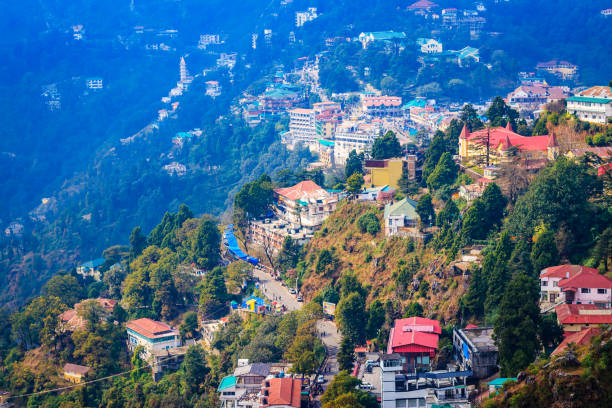
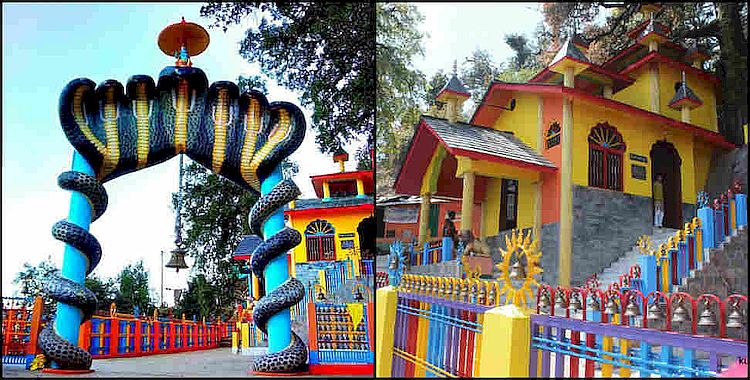
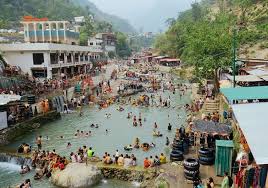
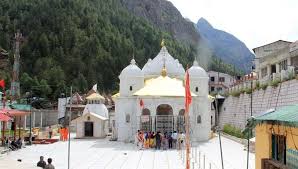


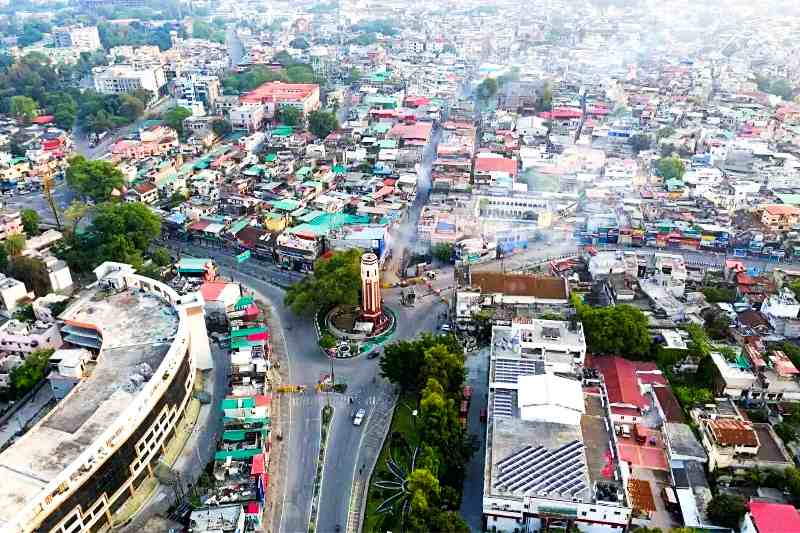
Char Dham Yatra In Himalayas 08 Nights /09 Days
station, we will pick up you and drive to Barkot, 06-7
hours drive. Check in at camp. An overnight stay.
Barkotis an ideal destination to stay for pilgrims of Shri
Yamunotri, It is situated 45 Kms before Yamunotri
temple, from where paranomic views of the
Bandarpunch Peaks can be seen.
Day 2: Barkot – Yamunotri – Barkot -(36kms drive & 6kms Trek one side)
• Early morning after breakfast, drive to Janki chatti, start trek to Yamunotri 6 kms. You have an
option to either walk or hire Pony or by Doli at your own cost.
• After taking bath in Surya Kund (hot spring) visit Yamunotri temple “Darshan” and Pooja of
pious “Yamunaji” at Divya Shila.
• Return to can an overnight stay.
• Yamunotri Temple – Situated at 3290 meters above ocean level. The Yamunotri Dham is the
first hallowed destination of the Chardham Yatra. This Dham is committed to Goddess
Yamuna, who regarded be as a daughter of the Sun God, Surya Dev.
• According to the mythological stories and convictions, the Yamunotri Dham was an isolation
of a sage Asti Muni. For the duration of his life, the Asti Muni every day showered in both
Ganges and Yamuna. Be that as it may, in his old age he did not have the enough energy to
reach Gangotri, yet his great deeds paid off and a flood of Ganges showed up inverse to
Yamunotri for him. This fanciful story adds to the otherworldly worth of the Dham.
• Divya Shila: A rock pillar, worshipped before entering the Yamunotri Temple.
Day 3: Barkot – Uttarkashi (155kms / 06-7hrs)
This morning after breakfast, check out from
hotel and drive to Uttarkashi. On arrive checkin at the hotel. Later visit Vishwanath Temple.
An overnight stay.
Day 4: Uttarkashi – Gangotri -Uttarkashi (100kms / 03hrs one side)
• After breakfast, we proceed to Gangotri enroute enjoy picturesque
Harsil valley, Bhagirathi River and the most magnificent view of the
Himalayas. Reach at temple Darshan and perform pooja. Thereafter
we drive back to hotel. Night stay.
• Gangotri – As per The Hindu mythology, Goddess Ganga – the
daughter of Lord Brahma , showed herself as a waterway to acquit
the transgressions of King Bhagirath’s forerunners, taking after his
extreme retribution of a few centuries, and Lord Shiva got her into
his tangled locks to minimize the gigantic effect of her fall. She
came to be called Bhagirathi at her incredible source. Along the
right back of Bhagirathi stands the sanctum of Gangotri devoted to
the Goddess. Roosted at a stature of 3042 meters (10,000 ft), it was
developed in the mid 18th century by a Gorkha Commander, Amar
Singh Thapa.
Day 5: Uttarkashi – Guptkashi(220kms / 09hrs)
• After breakfast, check out from hotel and
drive to Guptkashi reach and check. An
overnight stay.
Day 6: by helicopter Kedarnath
• Early morning at 6:30 report to helipad. After
performing pooja and Darshan, fly down. Reach and
later you will be transfer to hotel. Night stay.
• Kedarnath Temple – The 1000 years old temple with a
carved exterior is located in a courtyard protected by
Nandi bull. This spot has great significance in the
legendary Mahabharata epic. Inside the main sanctum
is one of the 12 naturally formed ‘Jotrilingas’ of India.
The temple has carved shapes of the Pandavas, and
Lord Shiva.
Day 7: Guptkashi – Chopta – Badrinath (250kms / 08-9hrs)
• After breakfast, check out from hotel and drive to Badrinath via
visiting Chopta , it is known mini Switzerland and Medical forest. On
arrive check – in at hotel.
• Evening :Visit at Badrinath temple. If time permits.
• Badrinath temple – It’s so great to take in the way that this
sacrosanct destination which is being dedicated to Lord Vishnu has
been committed to humankind. The area where Lord Vishnu
pondered under a Badri tree for thousand unremitting years and
taught us a definitive method for welfare of humankind is
exceptional on the planet. Today, this temple is considered as one
of the holiest Hindu temples and is additionally one of the 108
Divya Desams, sacred holy places for Vaishnavites.
Day 8: Badrinath – Rudraprayag (160 Kms / 06 Hrs)
After bath in the Taptkund visit & Darshan of Badrivishal. Brahamakamal is
significant for Pinddan Shraddh of ancestors (Pitrus). There are other
interesting sightseeing spot like Mana, Vyas Gufa, Maatamoorti, Bhimkund
and the “Mukh” of the Saraswati River. Just within the three kms of
Badrinathjee
Later drive to Rudraprayag. On arrive check –in at hotel and night stay.
Tapt Kund – Just beneath the Shree Badrinath Ji temple lies the Tapt Kund hot
sulfur spring that has a high therapeutic worth. It is a freshwater pool with the
washing region of 16.1/2 feet by 14.1/4 feet. Despite the fact that the typical
temperature of the spring is 55°c, the temperature of water continues
expanding continuously amid the day. A dunk in Tapt Kund is viewed as a
decent restorative cure for skin illnesses.
Narad Kund – Narad Kund is arranged close Tapt Kund. It is accepted that the
Badrinath icon was acquired from this kund. Narad Kund boiling hot water
spring is situated under the Garur Shila and holds a therapeutic worth. Fans
take a plunge in this kund before entering the Badrinath sanctuary for Darshan
of Lord Badrinath.
Vyas & Ganesh-Gufa – Vyas & Ganesh-Gufa cavern is situated in the Mana
Village alongside numerous different caverns. It is accepted that in this
cavern Ved Vyas directed his acclaimed epic of Mahabharat to Ganesh and
accordingly it has been named Vyas Gufa. There is an icon of Ved Vyas
indicated composition the granth (epic book) inside this hole.
Beginning Source of Saraswati River – Manibhadrapur which is known as Mana village, the beginning source of river Saraswati. Bhimpul (bridge) according to myth it is build by Bhima during period of the Mahabharata.
Day 9: Rudraprayag – Haridwar (165 Kms / 06 hrs)
• After breakfast, drive to Haridwar via Rishikesh
local sightseeing like Ram Jhula, Laxman Jhula,
Triveni ghat temples and Ashrams. Continues
drive to Haridwar OR Dehradun, arrive and will
drop you at airport/Railway station to board your
flight/train.
Yatra Complete with Blessings & Unforgettable memories!!!



